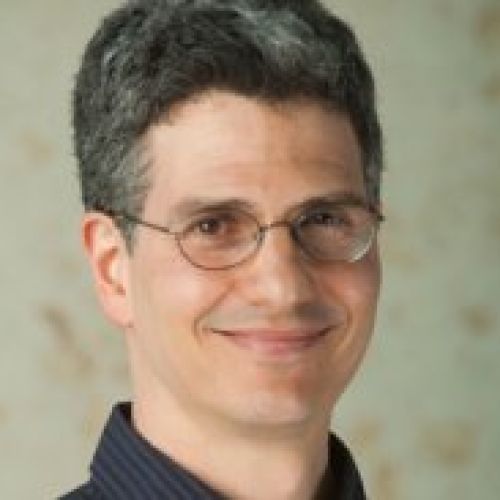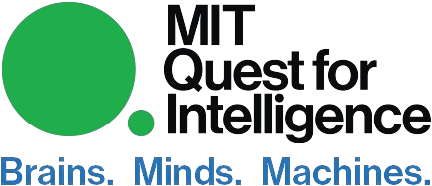
Photographic Image Priors in the Era of Machine Learning
Abstract: Inference problems in machine or biological vision generally rely on knowledge of prior probabilities, such as spectral or sparsity models. In recent years, machine learning has provided dramatic improvements in most of these problems using artificial neural networks, which are typically optimized using nonlinear regression to provide direct solutions for each specific task. As such, the prior probabilities are implicit, and intertwined with the tasks for which they are optimized. I'll describe properties of priors implicitly embedded in denoising networks, and describe methods for drawing samples from them. Extensions of these sampling methods enable the use of the implicit prior to solve any deterministic linear inverse problem, with no additional training, thus extending the power of a supervised learning for denoising to a much broader set of problems. The method relies on minimal assumptions, exhibits robust convergence over a wide range of parameter choices, and achieves state-of-the-art levels of unsupervised performance for deblurring, super-resolution, and compressive sensing. It also can be used to examine perceptual implications of physiological information processing.
Bio: Eero received a BA in Physics from Harvard (1984), a Certificate of Advanced study in Math(s) from University of Cambridge (1986), and a MS and PhD in Electrical Engineering and Computer Science from MIT (1988/1993). He was an assistant professor in the Computer and Information Science Department at the University of Pennsylvania from 1993 to 1996, and then moved to NYU as an assistant professor of Neural Science and Mathematics (later adding Psychology, and most recently, Data Science). Eero received an NSF CAREER award in 1996, an Alfred P. Sloan Research Fellowship in 1998, and became an Investigator of the Howard Hughes Medical Institute in 2000. He was elected a Fellow of the IEEE in 2008, and an associate member of the Canadian institute for Advanced Research in 2010. He has received two Outstanding Faculty awards from the NYU GSAS Graduate Student Council (2003/2011), two IEEE Best Journal Article awards (2009/2010) and a Sustained Impact Paper award (2016), an Emmy Award from the Academy of Television Arts and Sciences for a method of measuring the perceptual quality of images (2015), and the Golden Brain Award from the Minerva Foundation, for fundamental contributions to visual neuroscience (2017). His group studies the representation and analysis of visual images in biological and machine systems.
This will be an in-person only event.
